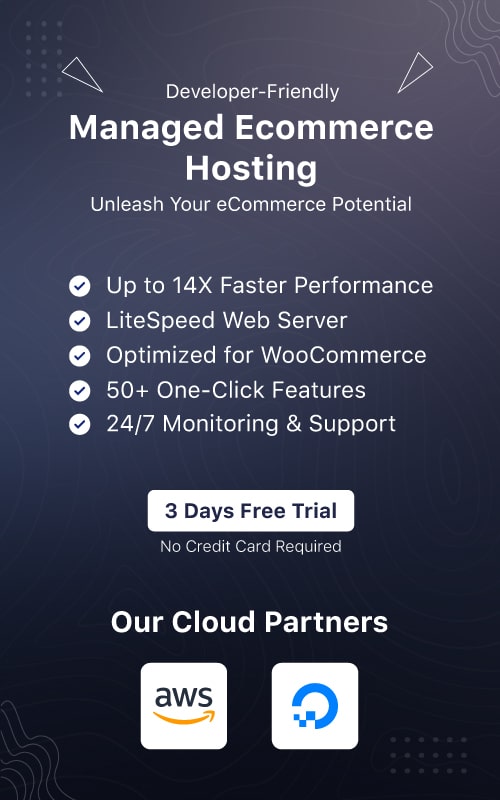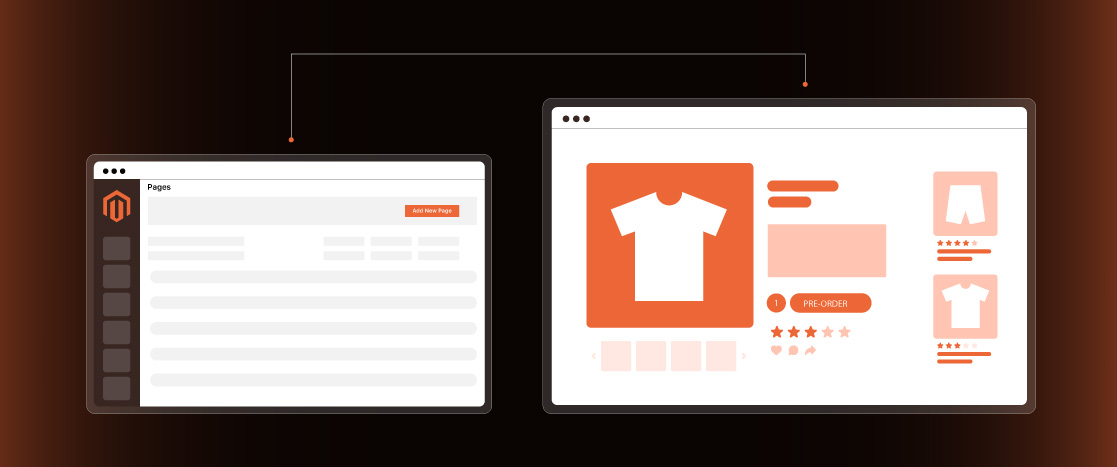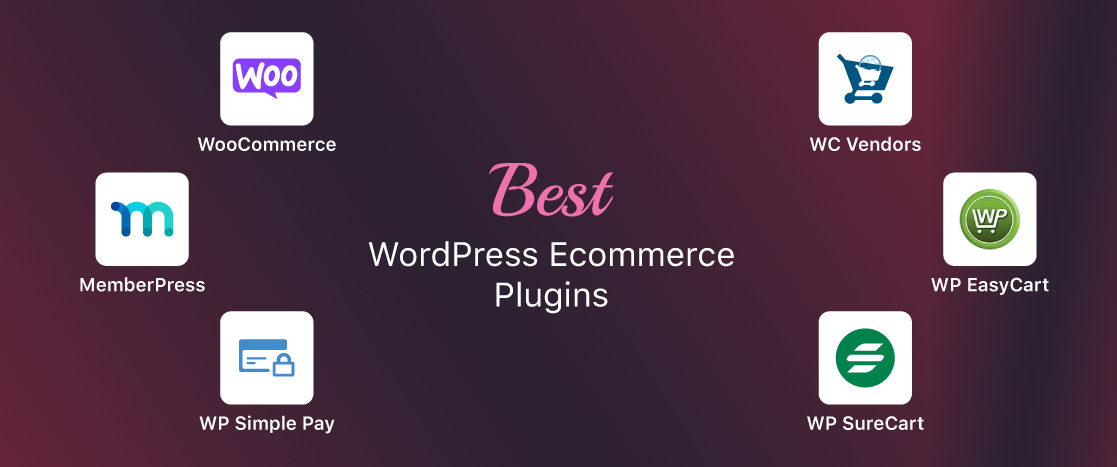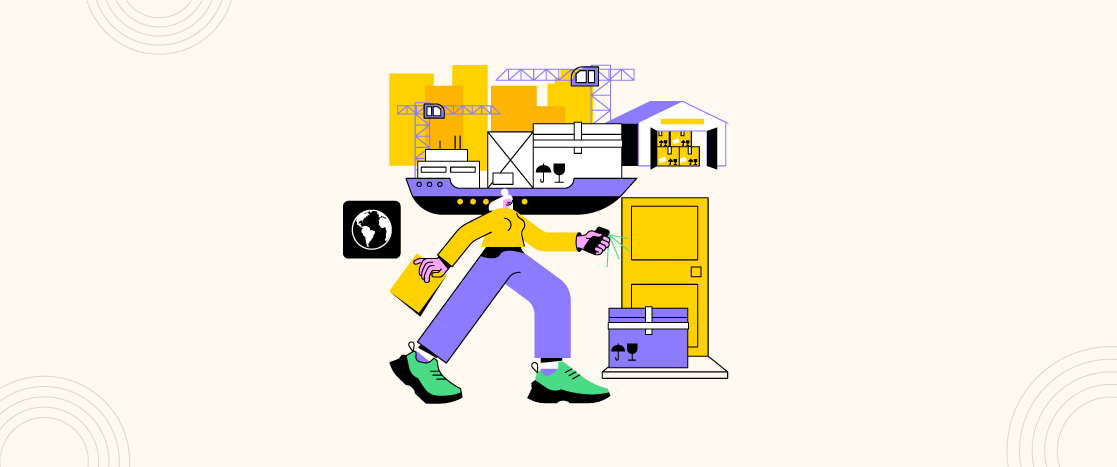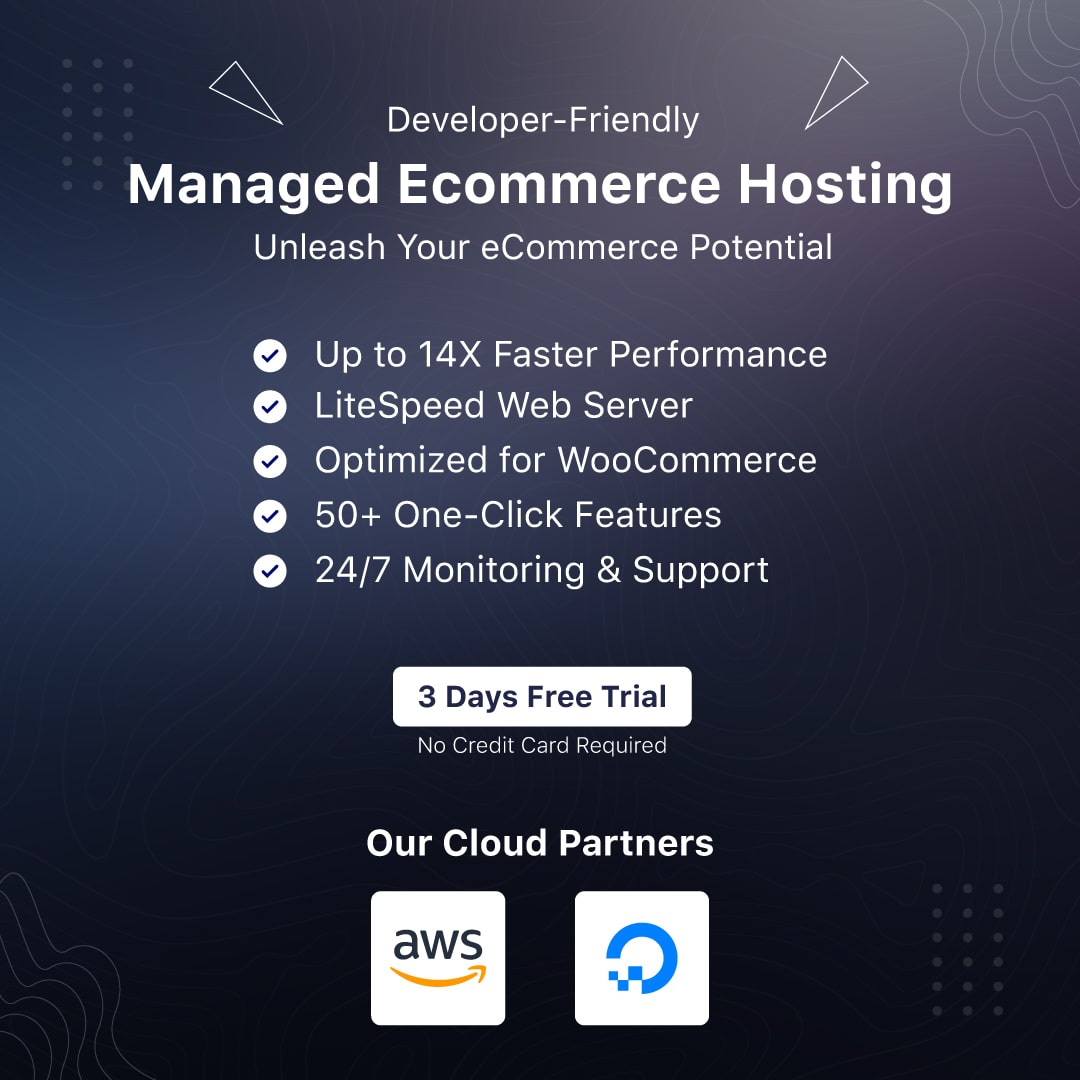
Which Business Model is Right Between Dropshipping vs Ecommerce?
The internet has made it easier than ever to start a business. You only need a concept, a source, and a website to sell goods or services online with minimal effort. Additionally, many have taken advantage of the relatively inexpensive startup costs of beginning an Internet business. Indeed, between 2022 and 2023, 46,000 new companies were established in the UK.
This gold rush can be attributed to two major models: e-commerce and dropshipping. Traditional e-commerce is for high rollers seeking scale, while the former is suited for casual and first-time sellers due to its smaller profits and risk. This article will examine the main distinctions between the two to help you choose the model that best suits your needs. Customers probably can’t tell the difference between buying from a dropshipping website and a traditional e-commerce site.
Should you open an online business and handle your shipping, inventory, and overhead? Or use dropshipping to gain access to the digital business ecosystem?
What is Dropshipping?
One easy and affordable approach to launching an internet business is dropshipping. Sellers collaborate with suppliers who handle shipping, packing, and storage rather than handling inventory. This eliminates the need for an initial stock investment and reduces the logistical burden.
This is how it operates: A supplier distributes the products straight to a client after a seller sells them in their store. Although this simplifies commercial operations, it also has disadvantages, such as decreased profit margins, shipment hold-ups, and problems with quality control. Nevertheless, dropshipping is a fantastic choice for anybody seeking a low-risk way to enter e-commerce.
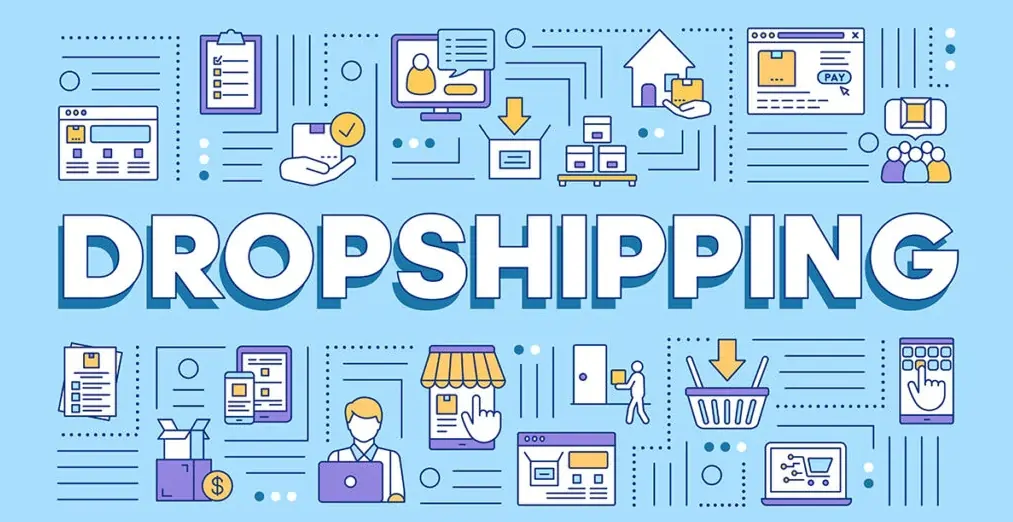
Advantages of Dropshipping
Dropshipping offers a low-risk entry into the world of ecommerce, making it particularly appealing for entrepreneurs with limited capital. Unlike traditional ecommerce models, dropshipping eliminates the need for upfront investment in inventory. Sellers simply list products on their online store and purchase them from suppliers only after a customer places an order.
Another significant advantage of this model is its flexibility. Business owners can operate from anywhere with an internet connection, focusing on marketing and customer service while suppliers handle inventory and shipping.
However, there are challenges to consider. Profit margins are typically lower since sellers rely on suppliers who control product costs. Additionally, delays in shipping or inconsistent product quality can affect customer satisfaction.
Despite these challenges, dropshipping is an excellent option for testing new dropshipping markets or niches with minimal financial risk. It’s a practical and scalable way for entrepreneurs to establish a foothold in ecommerce.
What is Ecommerce?
Thanks to e-commerce, businesses have full authority over their products, branding, and customer experience. Store owners oversee logistics, fulfillment, and inventory, in contrast to dropshipping, guaranteeing higher quality and quicker delivery.
Higher profits, a more recognizable brand, and devoted customers make the work and initial cost worthwhile. For individuals seeking to establish a scalable, long-term enterprise, e-commerce presents countless prospects for expansion.

Advantages of Ecommerce
Ecommerce offers unparalleled opportunities for profitability and brand-building. One of its biggest advantages is the potential for higher profit margins. Unlike dropshipping, ecommerce businesses aren’t tied to third-party suppliers, allowing for better deals with manufacturers and flexible pricing strategies.
This model also controls branding and customization, enabling businesses to craft unique shopping experiences that resonate with their target audience. Managing the entire customer journey gives ecommerce a distinct edge in creating loyal customers.
However, running an ecommerce business comes with challenges, such as higher upfront investments and responsibilities like warehousing, inventory management, and order fulfillment. Despite the effort required, ecommerce remains the top choice for entrepreneurs seeking long-term growth and scalability in the competitive online marketplace.
Key Differences Between Ecommerce and Dropshipping
The primary difference between ecommerce and dropshipping lies in inventory management and fulfillment. In ecommerce, businesses purchase and store inventory, handling the entire supply chain, which gives them more control over product quality, shipping times, and pricing. Entrepreneurs partner with third-party suppliers who fulfill orders directly to customers, reducing upfront investment and limiting control over product quality and shipping speed. Ecommerce generally requires more capital and effort, while drop shipping offers a lower-risk, more flexible entry point into online business.
Business Model and Structure
The business models of dropshipping and ecommerce differ significantly. Dropshipping operates by partnering with third-party suppliers who handle inventory and shipping. This setup minimizes upfront investment, making it a low-risk entry into the market. However, dropshipping offers less control over product quality and fulfillment processes, as businesses rely on external suppliers to fulfill orders. Dropshipping focuses on marketing and driving traffic to a store, as the supplier manages the rest.
In contrast, ecommerce businesses manage their inventory, from sourcing products to fulfillment. This approach requires a more significant initial investment but offers complete control over product offerings, pricing, and customer experience. Ecommerce businesses can customize products and create unique shopping experiences, fostering stronger brand identity and customer loyalty. While more complex, ecommerce allows for more significant long-term growth and profit potential, making it an attractive option for those with the resources and expertise to manage the entire process.
Investment and Risk
When comparing ecommerce business vs dropshipping, investment and risk play a crucial role in decision-making. Dropshipping requires minimal upfront costs, as you only purchase products from suppliers once an order is placed. This low-investment, low-risk model appeals to entrepreneurs with limited capital or those testing a new market. However, while the risks are lower, dropshipping profit margins tend to be smaller, and there is less control over fulfillment and product quality.
Ecommerce, on the other hand, demands a higher initial investment, as businesses must purchase inventory, manage warehousing, and handle logistics. The financial commitment is outstanding, but the potential for higher profit margins and long-term scalability is also higher. Ecommerce businesses can control every aspect of their operation, offering better growth opportunities and customer loyalty. The risks are higher, but the rewards are often more substantial for those willing to invest in the infrastructure required to succeed.
Ecommerce vs. Dropshipping: Which Is More Effective for You?
Your decision will be based on your business objectives, financial constraints, and risk tolerance. E-commerce offers more control over inventory, branding, and clientele, so it’s best for those who want to build an expanding company with larger profit margins and prospective expansion potential. Dropshipping is best for entrepreneurs with limited resources who want a low-risk, flexible entry into online business. It allows entrepreneurs to test markets without significant expenditures, but it gives them less control over the quality of goods and fulfillment.
Factors to Consider
When choosing between dropshipping and ecommerce, several factors should guide your decision. First, consider your business goals. If you’re just starting out and have limited capital, dropshipping is an excellent way to enter the market with minimal risk and without a significant upfront investment. It provides an opportunity to test product ideas and learn the basics of online selling.
On the other hand, if you’re focused on building a long-term, scalable business, ecommerce might be the better option. Ecommerce allows you to control product offerings, branding, and customer experience, giving you more flexibility to build a strong identity and customer loyalty. Additionally, ecommerce businesses often have higher profit margins, making it ideal for those ready to invest time, money, and effort into growth and expansion.
Suitable Scenarios for Dropshipping
Dropshipping is a suitable model for entrepreneurs looking to minimize risk while entering the online marketplace. It’s especially ideal for those who want to focus on marketing and customer acquisition without worrying about managing inventory or logistics. Dropshipping is also an excellent choice for individuals exploring niche markets or testing new products without making a significant financial commitment.
Additionally, dropshipping can be a stepping stone to transitioning into a full-scale ecommerce business. Once you understand customer preferences and market demand, you can gradually invest in inventory and shift towards ecommerce for higher control and profitability. This low-barrier model allows for flexibility while building your business foundation.
Suitable Scenarios for Ecommerce
E-commerce is best suited for entrepreneurs ready to make a more significant investment in time and money. Suppose you have the resources to manage inventory, shipping, and logistics and want to establish a robust and unique brand identity. In that case, ecommerce offers higher profit margins and long-term growth.
This model is ideal for businesses that prioritize customer experience, product quality, and branding, as ecommerce allows for complete control over all aspects of the customer journey. If your goal is to build a sustainable, scalable business with a loyal customer base, ecommerce provides the necessary tools to expand, innovate, and maintain higher levels of profitability. The investment in infrastructure and inventory may be high initially, but the rewards often make it a worthwhile choice for those looking for long-term success.
The Future of Dropshipping and Ecommerce
The future of both dropshipping and ecommerce is shaped by advancements in technology, consumer behavior, and market dynamics. Dropshipping will become more competitive as automation and AI tools improve product sourcing and order fulfillment efficiency. However, the model will face challenges such as tighter regulations and increased demand for faster shipping. Ecommerce will thrive as businesses leverage personalized customer experiences, advanced logistics, and automation to streamline operations. Both models will benefit from innovations in data analytics, AI, and customer service, but ecommerce may offer more long-term scalability and control for entrepreneurs seeking growth.
Trends in Dropshipping
The dropshipping industry is experiencing rapid innovation, with new technologies reshaping the landscape. Automation tools streamline order fulfillment, while AI-powered product recommendations are helping businesses better target potential customers. Enhanced supplier networks and integrations are improving product availability and reducing shipping times, addressing some of the traditional challenges of dropshipping.
However, the increasing competition in the dropshipping market requires entrepreneurs to adopt more refined strategies. To succeed, drop shippers must focus on niche markets, find unique products, and develop effective marketing techniques to stand out. As consumer expectations evolve, drop shippers need to be agile, adjusting to trends such as faster shipping, higher quality standards, and personalized customer service. As the dropshipping model matures, staying ahead of these dropshipping trends will be key to maintaining a competitive edge and sustaining long-term growth.
Trends in Ecommerce
E-commerce continues to thrive, fueled by technological advancements and changing consumer preferences. Augmented reality (AR) product previews enhance online shopping experiences, allowing customers to visualize products in their space before purchasing. Personalized shopping experiences powered by AI are becoming standard, offering tailored recommendations and streamlined navigation.
Sustainability is another growing trend in ecommerce, with eco-conscious consumers increasingly seeking businesses that prioritize sustainable practices. From eco-friendly packaging to sourcing products from ethical suppliers, ecommerce businesses are shifting toward more responsible practices. This meets consumer demand and helps businesses build brand loyalty and stand out in a crowded market. Embracing these trends allows ecommerce entrepreneurs to stay competitive, align with consumer values, and capitalize on new growth opportunities.
Conclusion
When it comes to the question of dropshipping vs ecommerce, there is no one-size-fits-all answer. Both business models come with distinct advantages and challenges; the choice ultimately depends on your business goals, resources, and personal preferences. Dropshipping offers a low-risk entry point for aspiring entrepreneurs, allowing them to start a business with minimal upfront investment. It’s a great way to test markets and gain valuable experience without needing large-scale inventory management.
On the other hand, ecommerce offers more control over product quality, customer experience, and branding, which can lead to higher profit margins and long-term growth opportunities. However, ecommerce typically requires a larger initial investment, as it involves managing inventory, logistics, and fulfillment. It’s a more complex business model, but it can be highly rewarding for those ready to take on the challenge.
The key to success in either model is careful planning, continuous learning, and adapting to market trends. By thoroughly understanding the differences and evaluating your resources and goals, you can make an informed decision that best aligns with your business vision. Whether you choose dropshipping or ecommerce, the right strategy, dedication, and flexibility will help you build a thriving online business and achieve long-term success.
FAQs
Why is dropshipping not profitable?
Since dropshipping doesn’t involve purchasing goods in bulk, its profit margins may be smaller than other business models. However, profitability can still be attained by choosing profitable, high-margin products, refining your pricing strategy, and cutting expenses.
Which is better, dropshipping or eCommerce?
However, dropshipping requires reliance on suppliers and less control over product quality. Depending on your activity, e-commerce may be the best option to prioritize quality, customer experience, and branding more than others.
